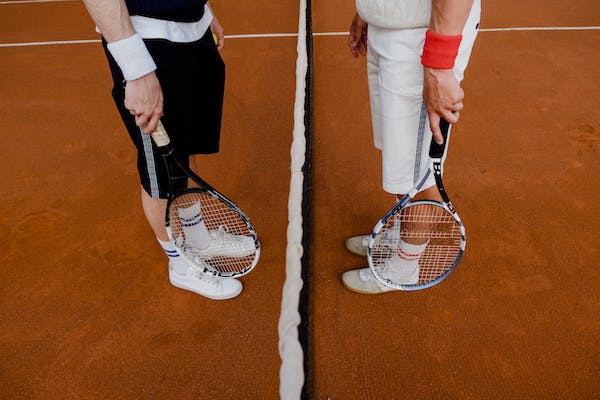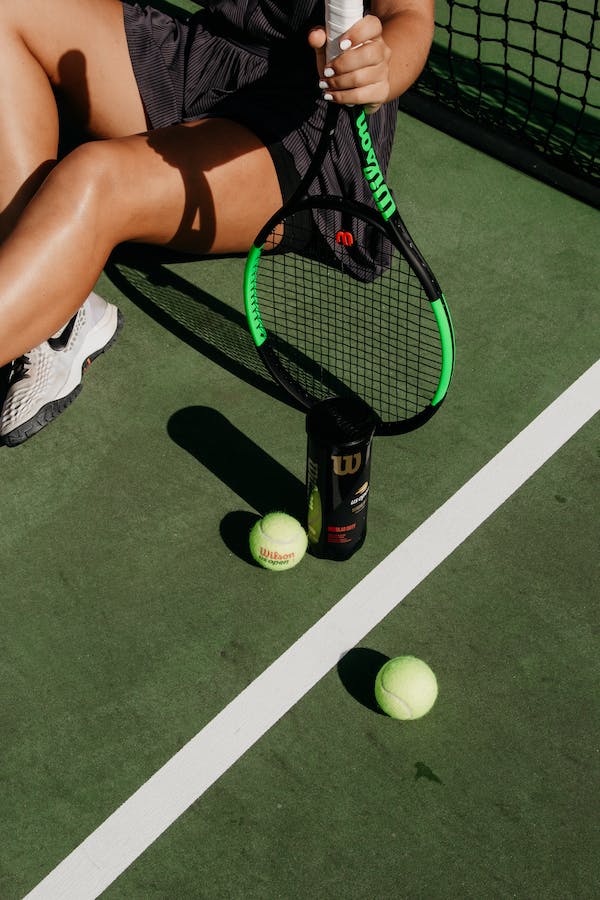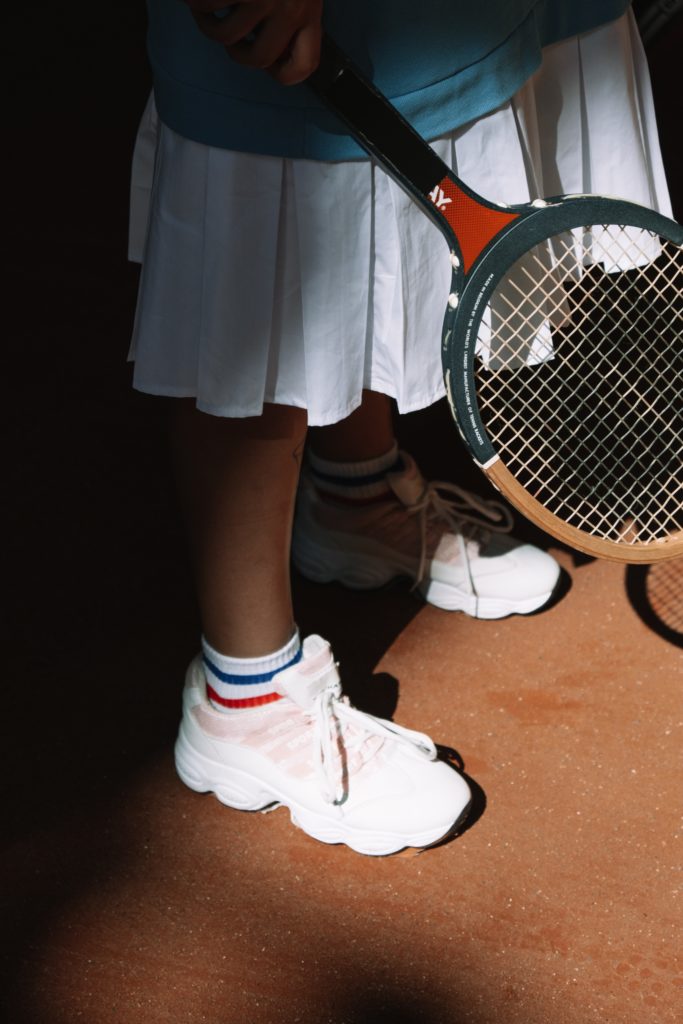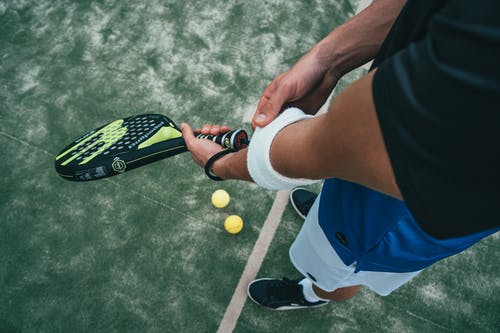Tennis is a great sport for players of all ages and skill levels, and it is played all around the world. Unfortunately, like any intense physical activity, there are health concerns associated with playing tennis. With so much running, jumping, stretching, and rotating of the body, tennis can put a lot of strain on the body. This can lead to joint and muscle injuries, heat exhaustion, and dehydration. It is important to understand these potential risks in order to keep you, or your loved ones, safe while playing the game.

One of the primary health concerns associated with tennis is joint and muscle injuries. Every time the player swings their racquet, they are twisting their body and stressing their joints and muscles. As the body is moving up to full speed, the risk of injury increases drastically. Common areas of the body that can be injured while playing tennis are the shoulder, elbow, wrist, spine, and knee. Muscle strains and sprains are also very common. To help prevent these injuries, it is a good idea to make sure you are properly stretching and warming up before a game.
Another health concern players should be aware of is heat exhaustion and dehydration. Heat exhaustion can occur when the body is exposed to high heat and humidity for a long period of time. This can cause fatigue, dizziness, and weakness, and if not treated quickly, can lead to serious medical problems. To help prevent heat exhaustion, it is important to stay hydrated by drinking plenty of fluids. If possible, it is also wise to take short breaks frequently to cool off in a shaded area. This will help keep the body from becoming overheated.
Though tennis can be a great physical activity, it is important to keep an eye out for potential health concerns. Being mindful of sore joints or muscles, proper stretching, hydration, and overheating can all help keep you safe and injury free. By understanding and addressing these health concerns, you can continue playing the game of tennis without worry.








